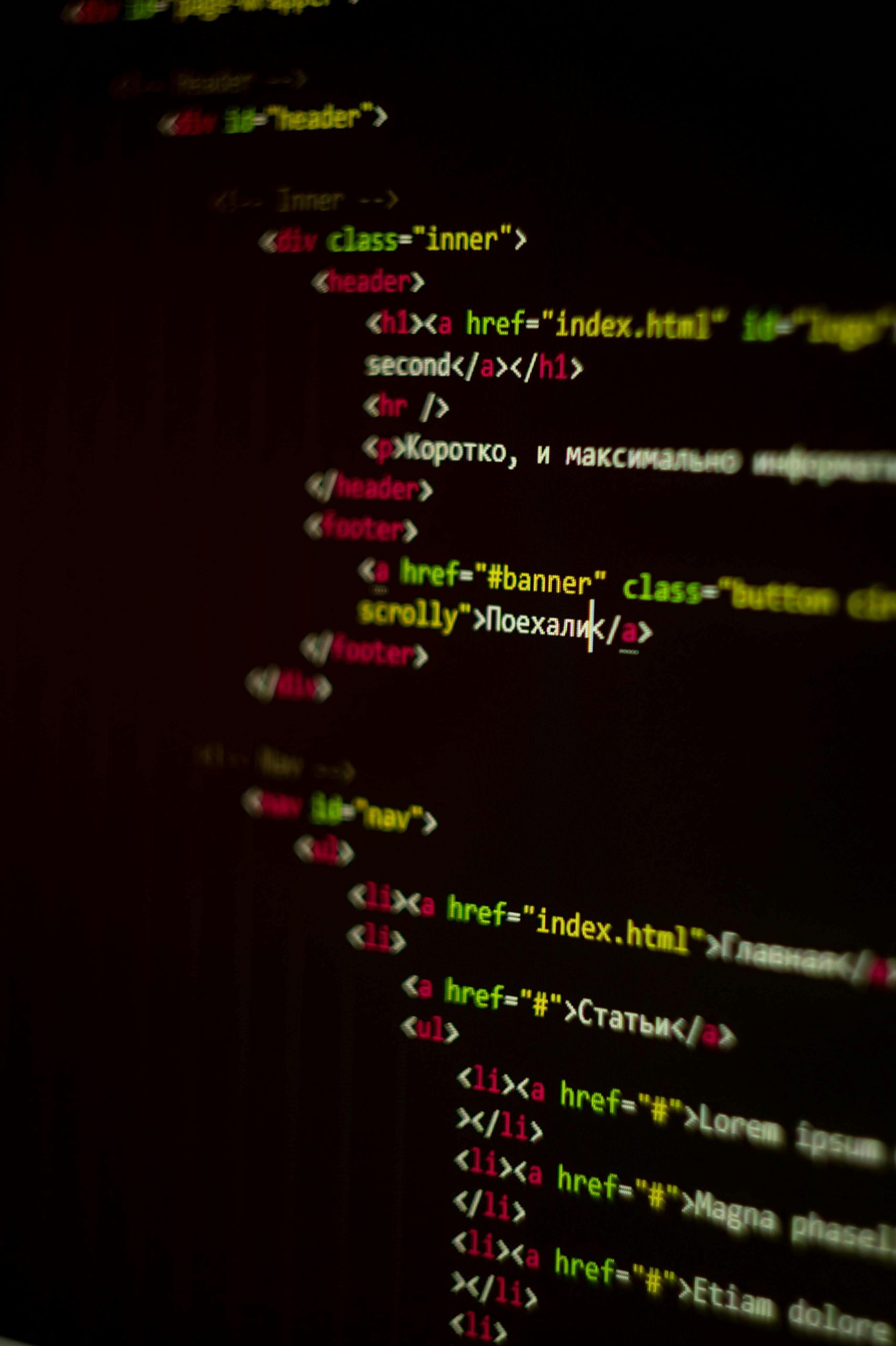Flexbox, or the Flexible Box Layout, is a CSS layout mode that offers a simpler and more efficient way to design complex layouts compared to the traditional box model approach. While it may appear that flexbox is tailored for those who struggle with the conventional box model, it’s actually an evolution that addresses and simplifies many of its limitations.
The traditional box model, with its use of floats, positioning, and inline-blocks, can be complex and often requires hacks and workarounds to achieve responsive designs. Flexbox, on the other hand, is designed to handle these tasks more intuitively. It excels at distributing space within a container, aligning items, and managing layout responsiveness without the need for complex CSS.
Flexbox’s primary strength lies in its ability to handle dynamic spacing and alignment, offering properties like justify-content, align-items, and flex-direction, which enable developers to create more fluid and adaptive designs. It simplifies vertical centering and can easily adapt elements to different screen sizes, addressing common layout issues that are cumbersome with the box model.
Therefore, rather than being a tool for those unfamiliar with the box model, flexbox should be seen as an advanced tool that enhances and complements the existing model. It ultimately aids developers of all skill levels in achieving modern, responsive layouts more effectively. Understanding both the box model and flexbox allows developers to choose the best tool for their specific design needs.


One response to “Does flexbox seem like it caters to individuals who haven’t grasped the box model?”
This is a fantastic overview of flexbox and its role as an evolution of the traditional box model! I appreciate how you emphasized flexbox’s strengths in managing dynamic layouts and responsiveness—these are indeed crucial for modern web design.
To build on your insights, I think it’s worth noting that while flexbox simplifies many aspects of layout design, it’s still essential for developers to have a solid understanding of the box model. The two methods can be used in tandem: for instance, flexbox can be employed for flexible, one-dimensional layouts, while the box model provides the foundation for more complex, two-dimensional designs when necessary.
Moreover, learning when to use flexbox versus CSS Grid can also enhance a developer’s toolkit. While flexbox is suited for linear arrangements, CSS Grid offers more options for structured, multi-dimensional layouts. By understanding the strengths and appropriate use cases for each method, developers can create even more sophisticated and responsive designs.
Ultimately, embracing both flexbox and the box model—rather than viewing one as a replacement for the other—enables designers to make informed choices that elevate their projects. Great discussion!